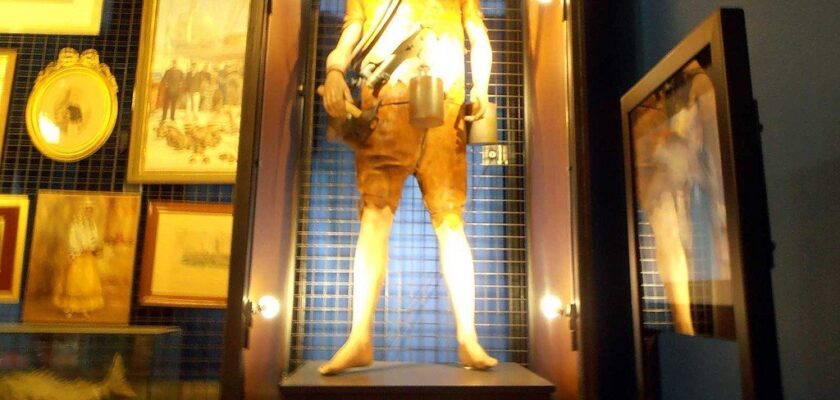Monaco Oceanographic Museum (Musée océanographique de Monaco)
The Oceanographic Museum of Monaco is one of the world’s famous natural science museums. If you approach Monaco by boat, you can already see from afar a large white building on the edge of a high coastal cliff. The observation deck on the roof of the complex offers a stunning view of the sea and the wonderful landscapes of the small principality, and in front of the entrance to the building stands a real submarine.
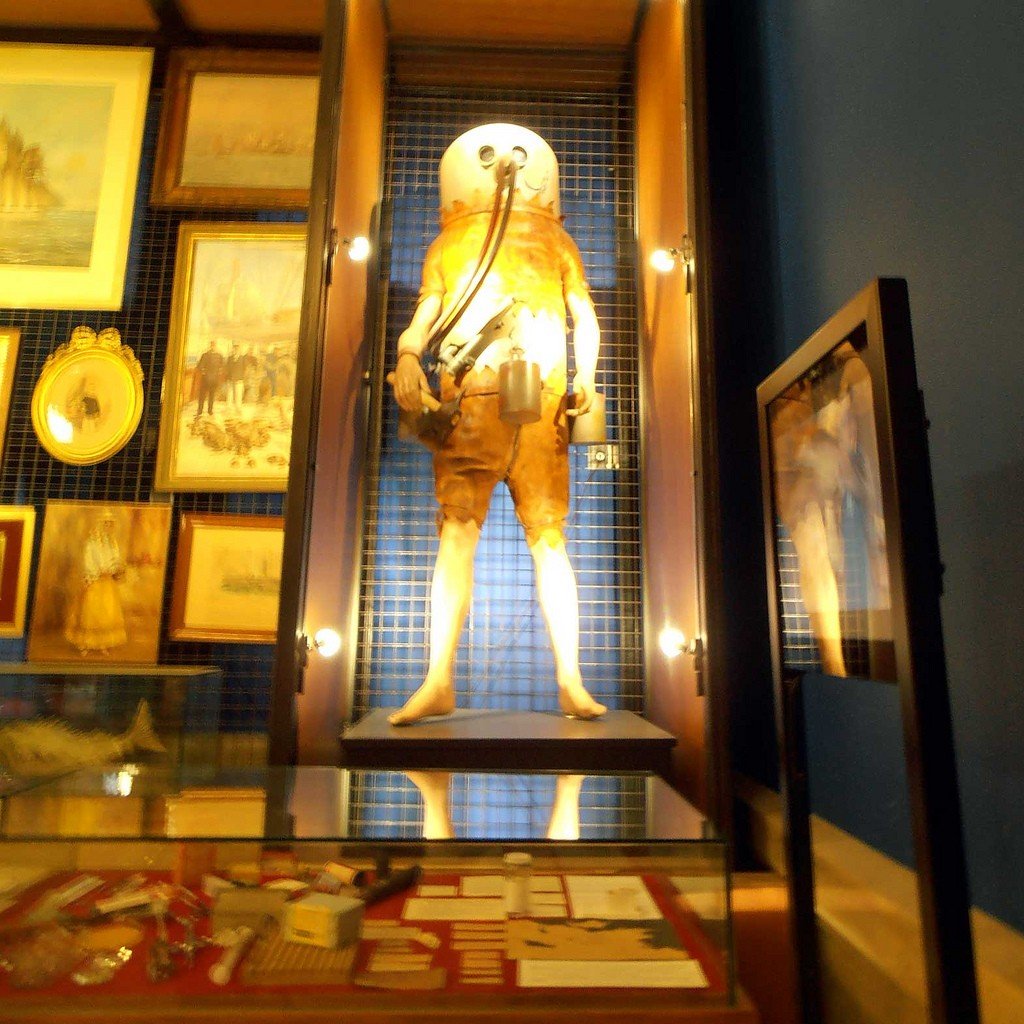
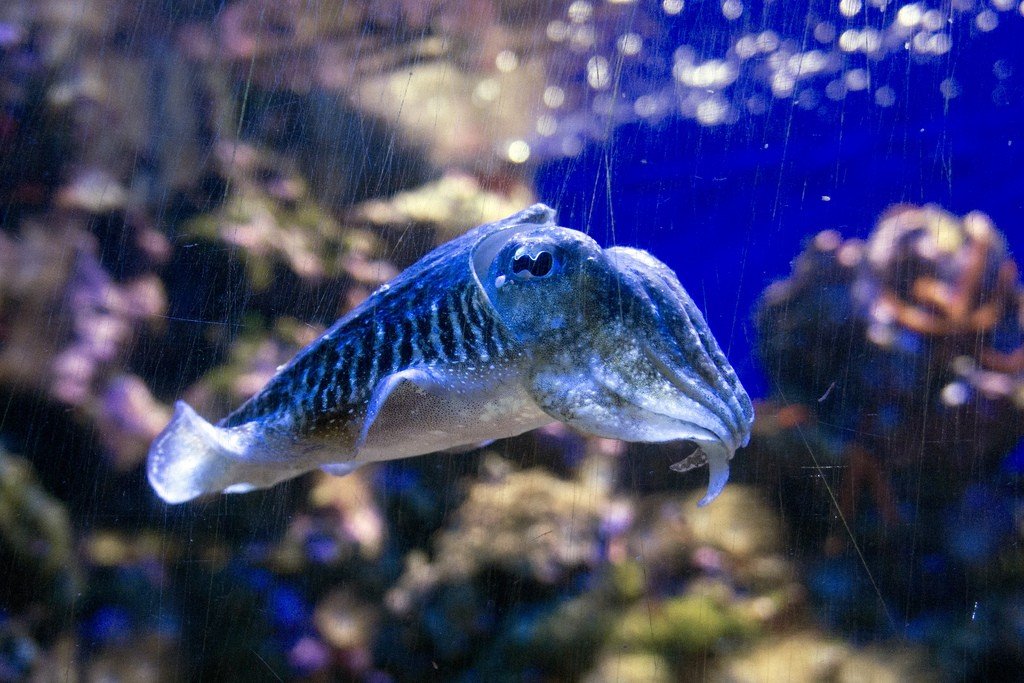
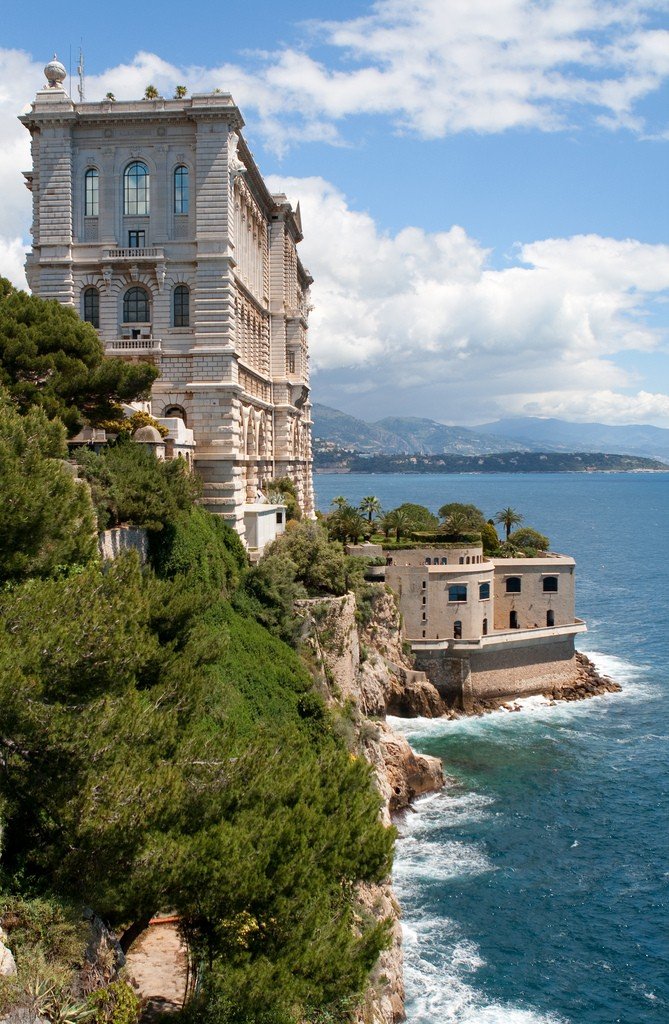
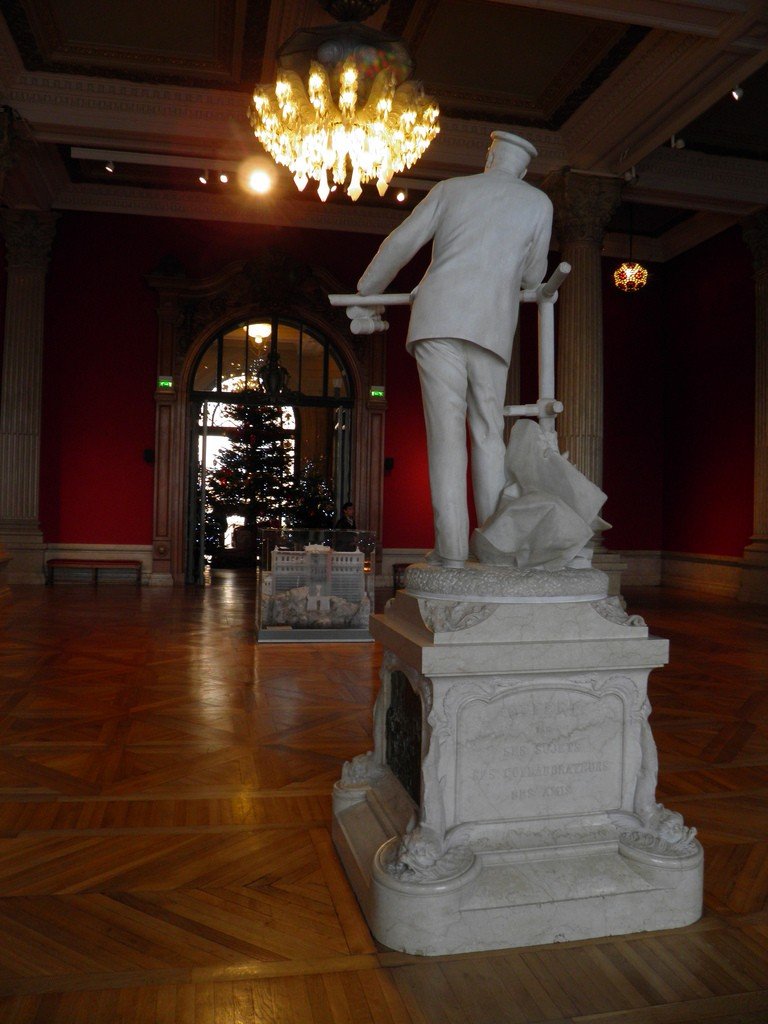
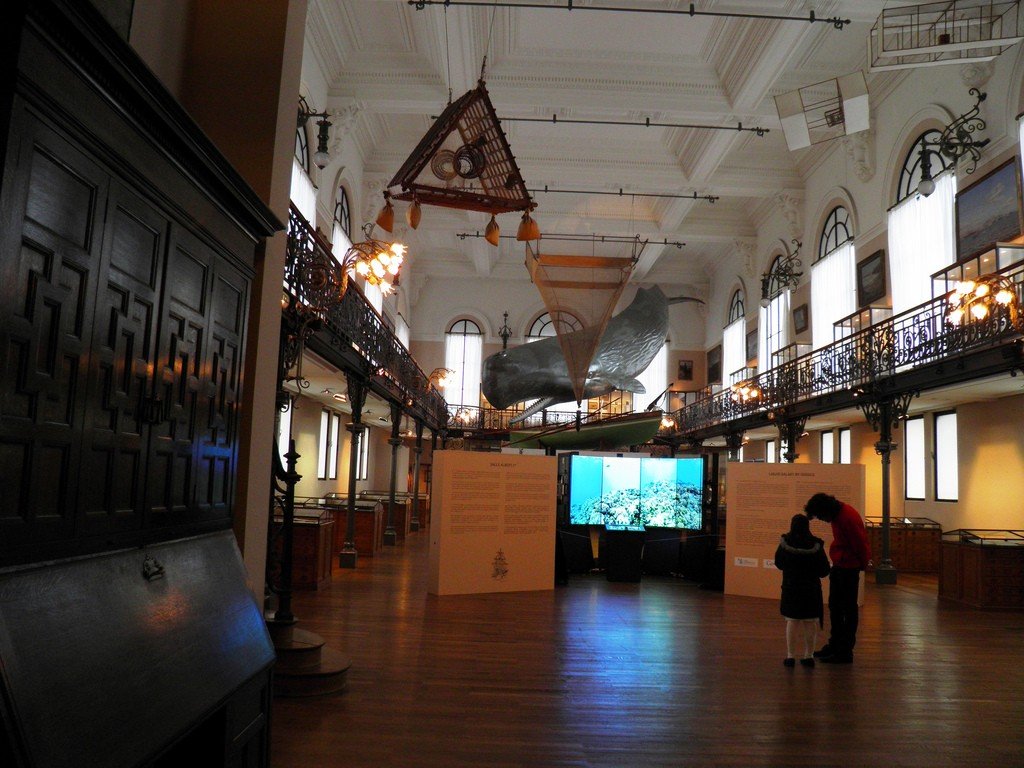
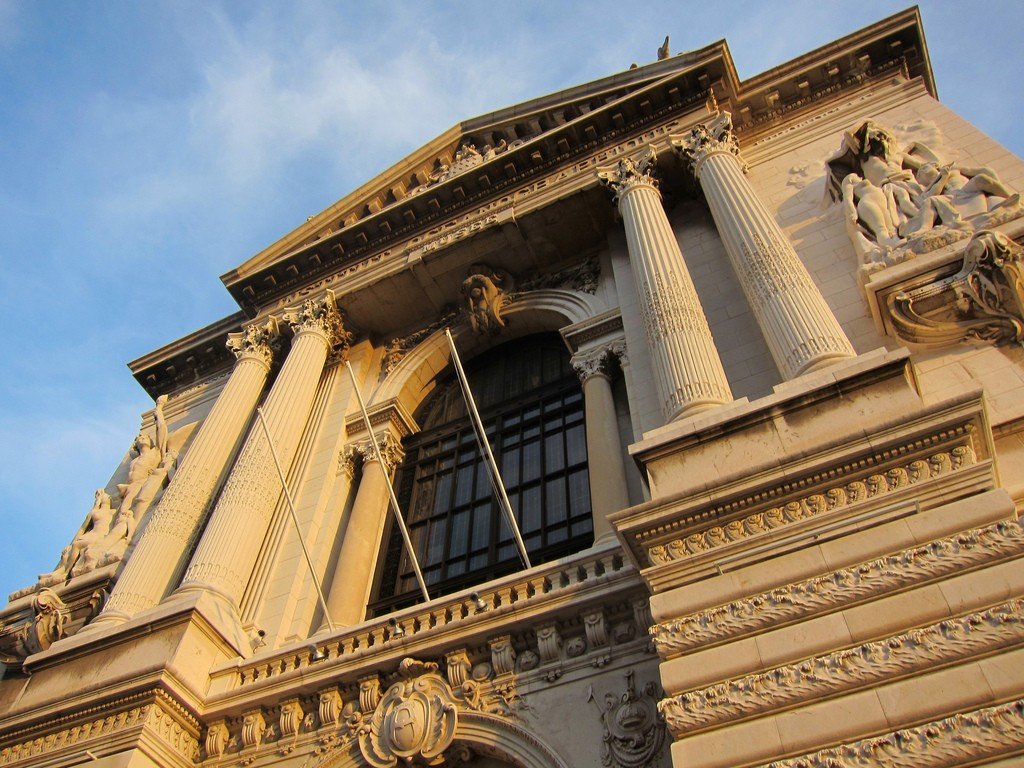
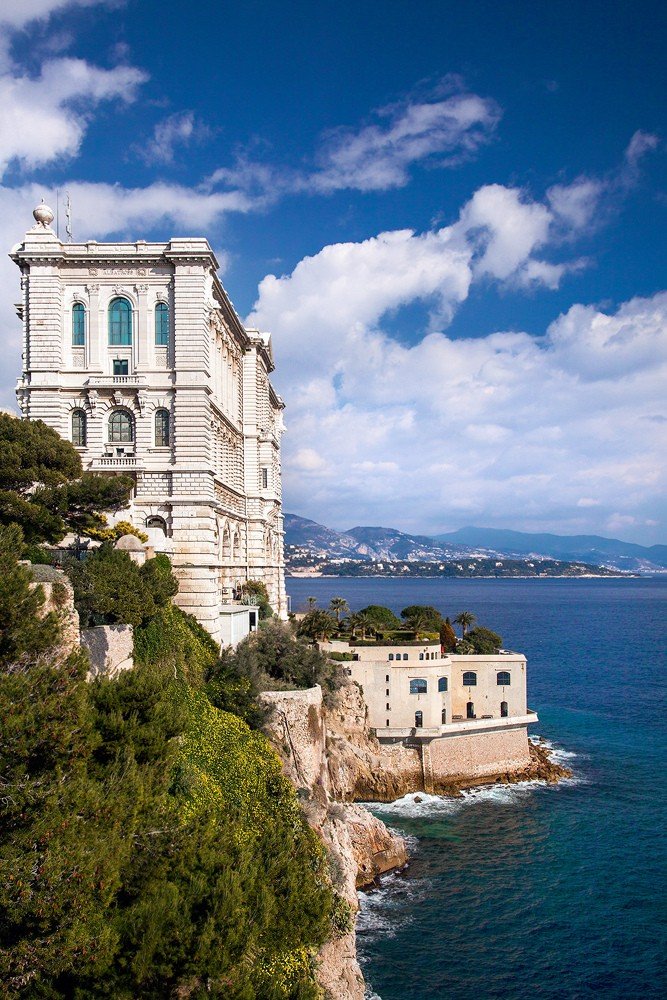
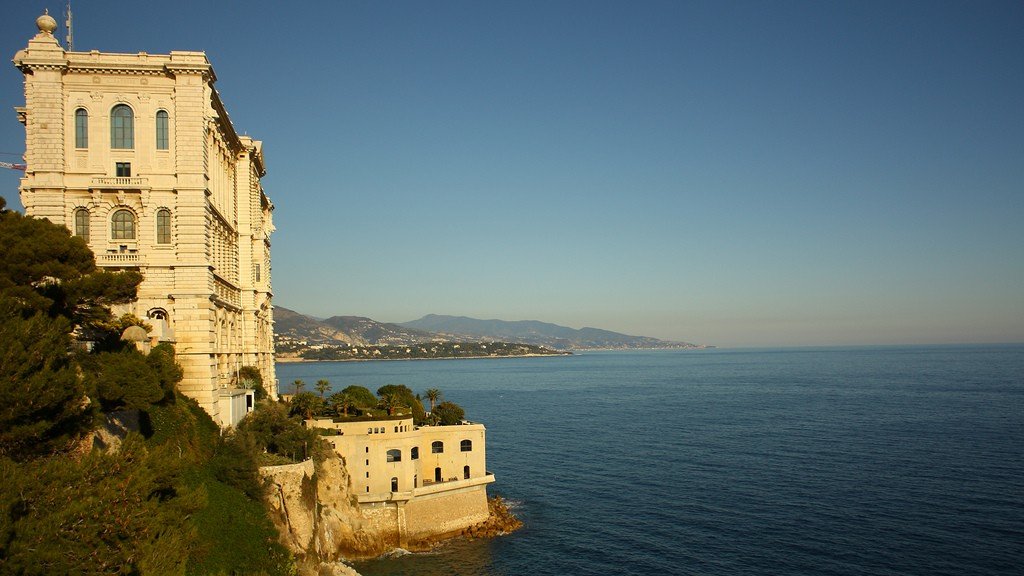
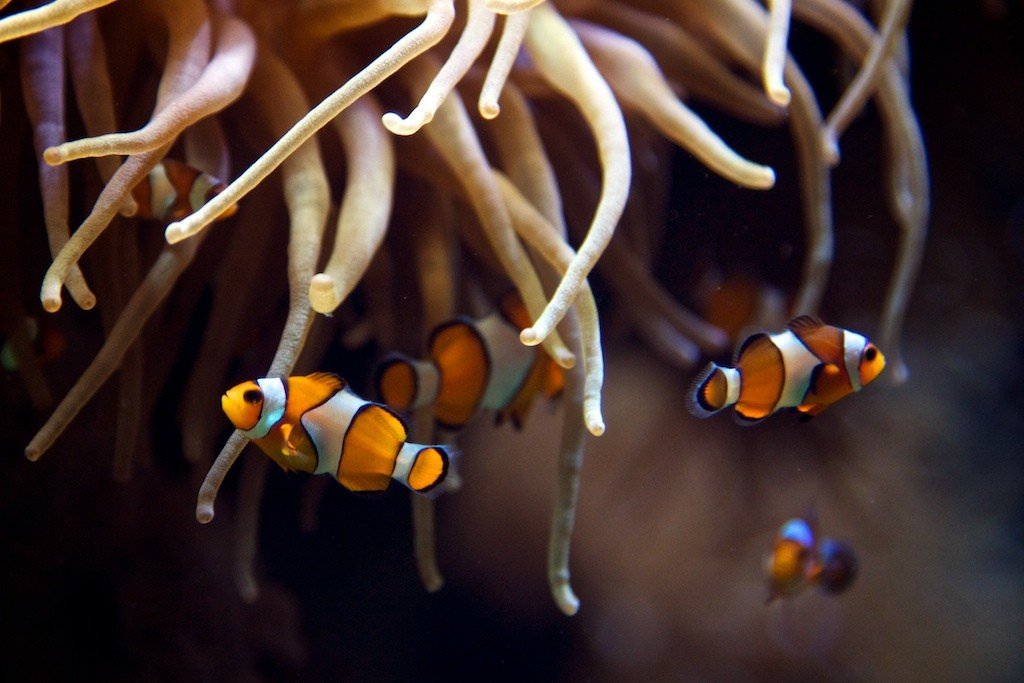
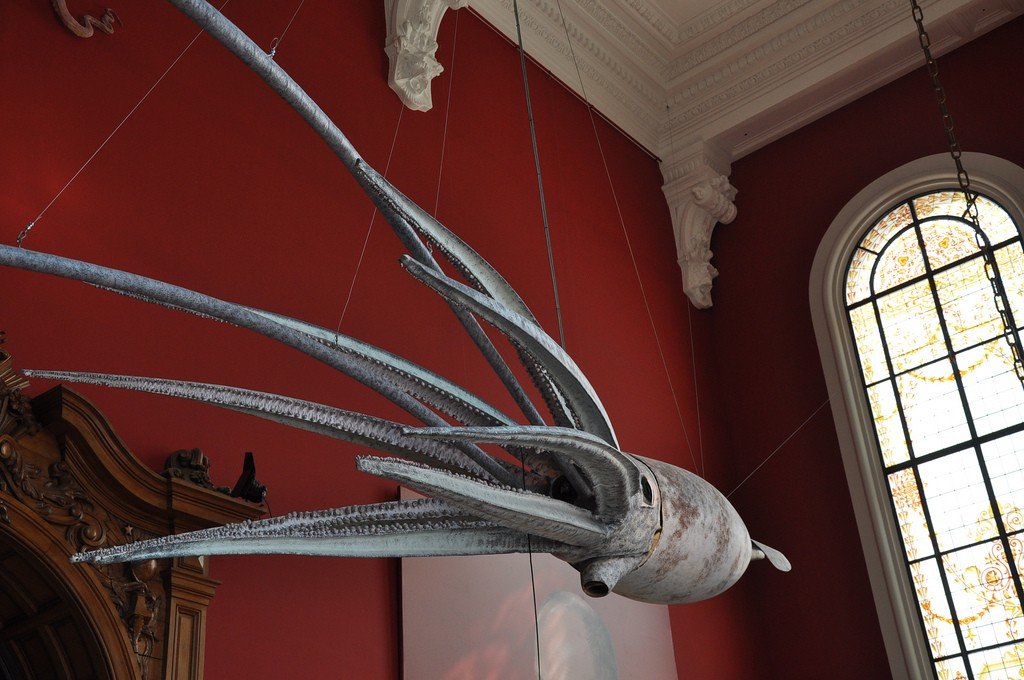
Highlights
The museum was founded in Monaco back in the late 19th century by Prince Albert I, who was a great lover of sea travel. He started to collect a collection of fish, marine animals and plants. From 1957 to 1989, the museum was headed by the famous explorer Jacques Yves Cousteau, thanks to whom the collections of the Oceanographic Museum were replenished many times.
.
It was at the Monaco Oceanographic Museum that a lot of work on environmental protection was carried out. International seminars and symposiums were organized here to criticize the pollution of the seas, to promote measures to protect the seas, to fight against the dumping of radioactive and chemical waste on the ocean floor. The rigid position taken by the museum management helped to destroy the plans of the French government to dump radioactive waste in the Mediterranean Sea. This is where the famous Greenpeace organization took its first steps..Museum exhibit
Today, the museum recreates a simulation of the marine environment, as close to real conditions as possible. At the foot of the complex erected a park-marinarium, and in the rock on which the building was located, organized an underwater fish farm.
.
In the aquariums of the Oceanographic Museum are represented inhabitants of all the oceans of the Earth, a lot of exotic species of fish and mammals. In addition, there is an exposition about underwater research, which presents underwater vehicles, diving suits, various instruments and devices for underwater voyages.
.
Of particular interest to visitors is the aquarium located in the basement of the building. 90 pools and about 6000 representatives of seas and oceans will not leave indifferent neither adults nor children. The shark lagoon will be of interest to thrill-seekers, and kids will be delighted by clownfish, just like in the Disney cartoon “Nemo.”
The museum has a special program for visitors.
The museum has special demonstration halls, in which close-up will show and comment on the features of life of the smallest sea creatures – plankton. For this purpose, microscopes are installed here, the image from which is read and magnified by special projectors. And nearby there is a hall where the skeletons of huge whales are exhibited, it is possible to fully examine them only from a distance of several meters.
.
Here you can study in detail all the seas of our planet. But special attention should be paid to the tropical water areas, mottled with a huge variety of flora and fauna. One of the most interesting exhibits is the coral reef, consisting of live corals brought here from the Red Sea. Sunlight always falls on the aquarium during the day to keep the corals growing. In total, the museum’s aquariums feature more than five hundred sea creatures, from the most harmless fish to dangerous predators such as sharks.
.
The Whale Hall displays skeletons of various sea creatures, including very large whales, sharks, and octopuses. The most amusing inhabitants of the Oceanographic Museum are flying fish perioftalmus, which live both in the water and outdoors. These wonderful creatures hunt insects while making hilarious grimaces. Some of the rarest species you will never see anywhere else in the world. Among the most valuable exhibits are, for example, Ceylon tetrodrones and Philippine demoiselle. Most of the fish do well in captivity, with individuals living here for decades.
.
On the roof of the building there is a cozy cafe, and at the entrance there is a souvenir store. It is worth noting that from the store there is no passage back to the museum.
.
Museum opening hours
- January, February, March – 10:00-18:00
- April, May, June – 10:00-19:00 .
- July, August – 10:00-20:30 .
- September – 10:00-19:00 .
- October, November, December – 10:00-18:00
The museum is open every day except December 25 and the Formula 1 Grand Prix.
.Cost
Adults €14, children 4-12 years old €7, teenagers 13-18 years old €10, disabled €7, children under 4 years old are free.
.How to get to the museum
The address is Avenue Saint-Martin, Monaco Ville 98000, Monaco
.The Oceanographic Museum of Monaco is located on Avenue Saint-Martin, a stone’s throw from the Prince’s Palace. It can be reached on foot or by taking the number 1 or 2 buses towards Monaco Ville (stop Place de la Visitation).
.
